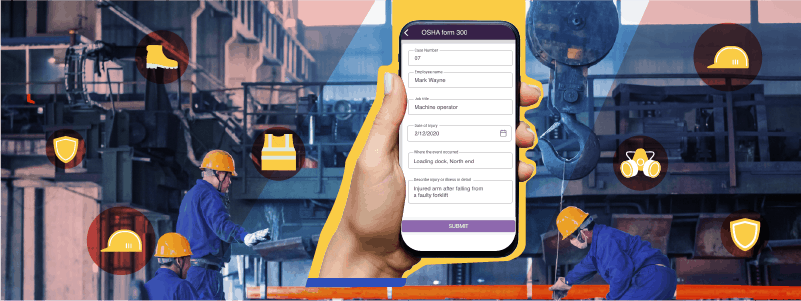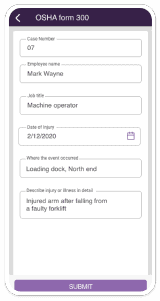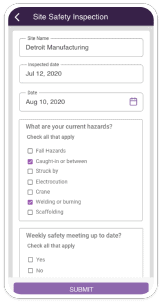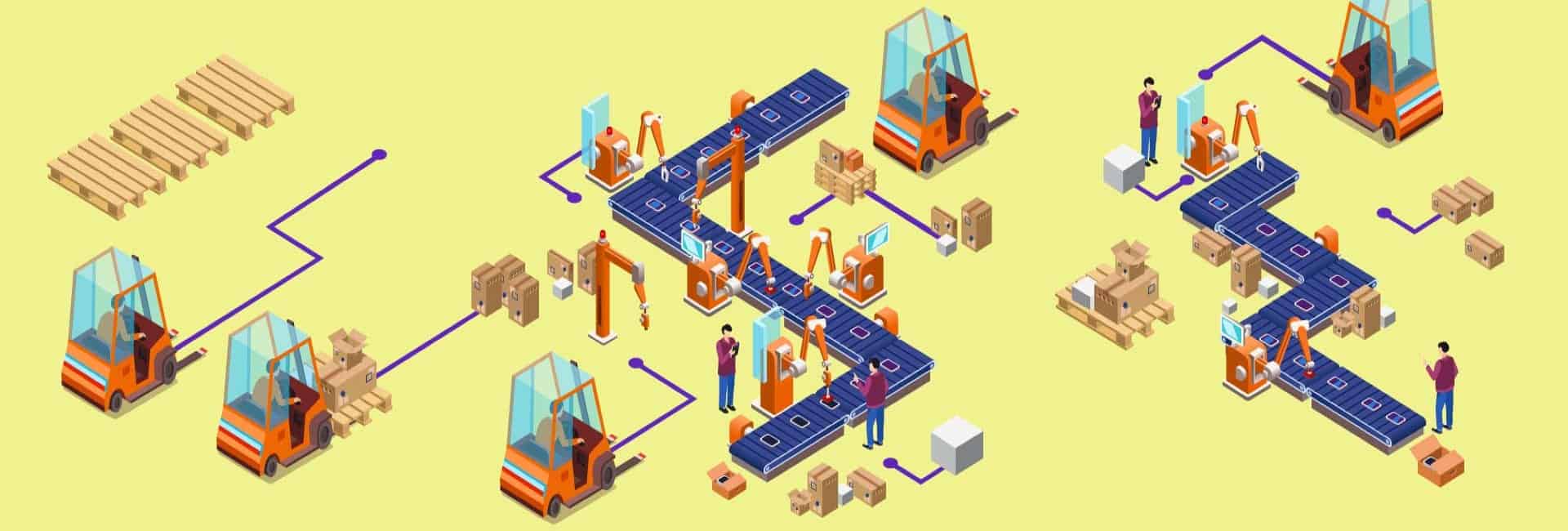Frontline workers in the manufacturing industry are often exposed to dangerous environments and situations.
Safety precautions are a crucial aspect of manufacturing establishments.
The safer a manufacturing facility is the more productive it will be.
Dangerous practices left unchecked at a facility lead to losses in both reputation and bottomline.
It’s important to understand manufacturing safety from the point of view of how it impacts your workers as well as your turnover.
That brings us to our focal point – what does manufacturing safety mean?
It means that all workers are able to go about their day to day work without worrying about the risk of falling ill, becoming hurt or seriously injured.
Does this mean they can just rest easy and do their jobs with a sense of abandon?
No. It means that every worker is well trained and made aware of all the precautions, technology and steps needed to ensure that they remain safe during the course of their workday.
This requires constant caution and training on the part of the company.
Research has shown that businesses that prioritize Environmental Health and Safety (EHS) display higher efficiency and productivity than the industry average.
On the contrary, those that have a weak safety program experience more incidents and fall slightly lower on the performance index.
The verdict is that safety is a crucial aspect of business performance in the manufacturing sector.
Manufacturers that care about the safety and wellbeing of their workers often turn out to be high performing units.
These manufacturers have rigorous safety programs.
The programs entail a combination of training, surveying, communication, regular reports, inspections, auditing and preventive measures.
Data collection and analysis is another crucial aspect of implementing safety protocol.
Manufacturing units usually employ a large number of deskless workers.
These workers are exposed to hazards like machines, dangerous chemicals and materials.
Manufacturing safety needs to address aspects like functional measures for lathes, drills, presses, and other machines.
Protective gear like PPE (personal protective equipment), gloves, goggles, boots, should be abundantly accessible to workers.
Safe storage of materials, correct way of using tools and materials and frequent cleaning should be taught in a manufacturing safety training program.
Since safety is a core part of manufacturing, adopting a tool that unifies all angles of a safety program will come in handy.
It helps if businesses digitize the process through a mobile-first tool that assists with training, documentation, tracking, alerting, managing and analysing data.
The tool should be secure and mobile-first since most people in manufacturing are deskless workers and frontline staff.
These workers don’t operate from behind a desk, meaning they usually don’t have workstations, laptops or personal computers to work out of.
Therefore, their only point of access to digital tools is their mobile phone.
Hence, a robust, smooth, mobile friendly safety checklist and safety management technology goes a long way in plugging this gap.







